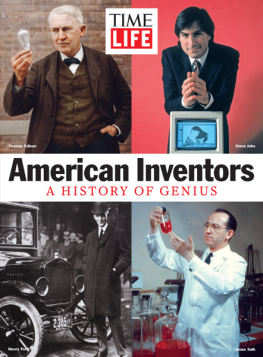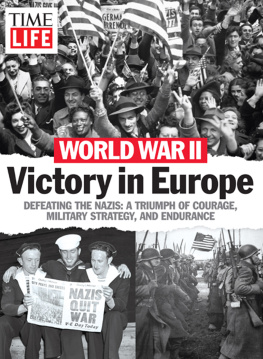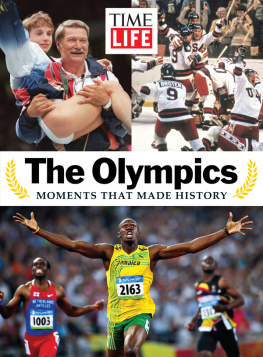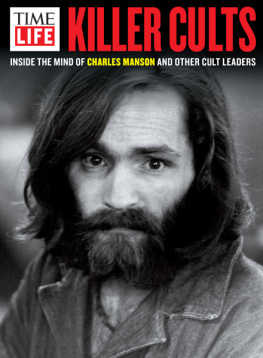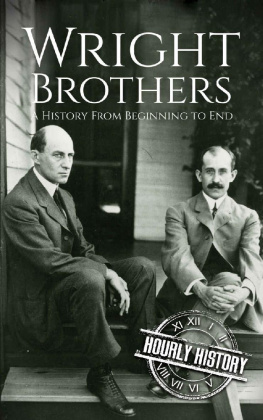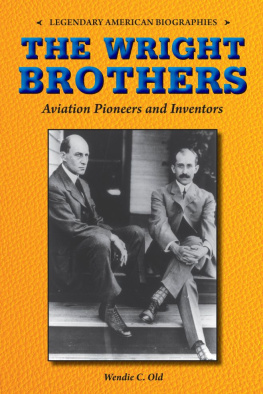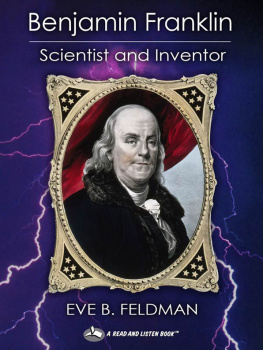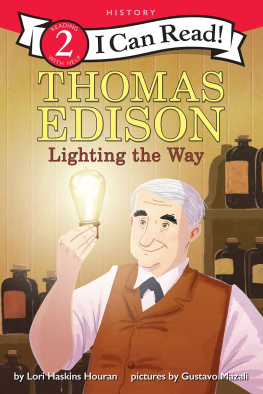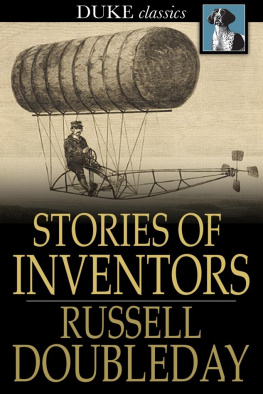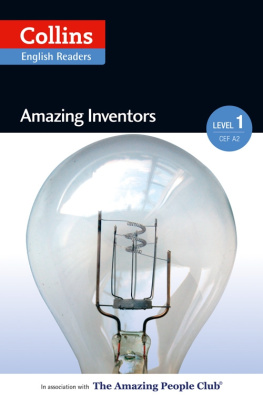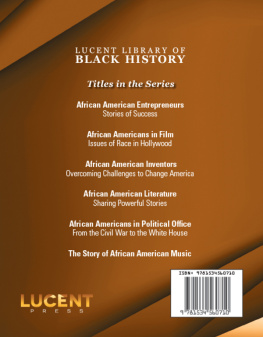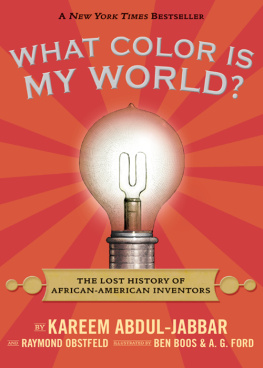
AMERICAN INVENTORS
A History of Genius

Benjamin Franklins 1752 experiment identified lightning as electricity and provided a basis for lightning rods.
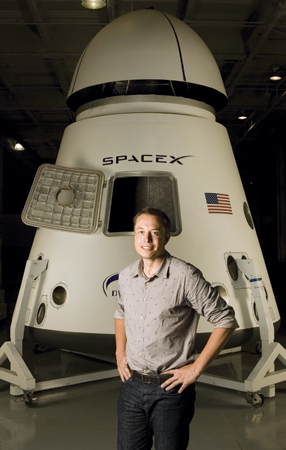
Elon Musk is a serial inventor and entrepreneur: he has helped launch not only the space-launch service SpaceX, but also PayPal and Tesla Motors.
Contents
American innovation has always delivered first, better, and faster.
From computer coding to email, American inventors led the way into the digital world.
Ben Franklin. Clarence Birdseye. Tony Fadell. These American inventors have revolutionized the way we live.
Since the 1950s more Nobel Prizes in Medicine have been awarded to scientists in the United States than to those in any other country.
The United States is vastabout 3.8 million square miles. So what is the quickest and most efficient way to move people, goods, and raw materials across the land?
INDUSTRY
American innovation has always delivered first, better, and faster.
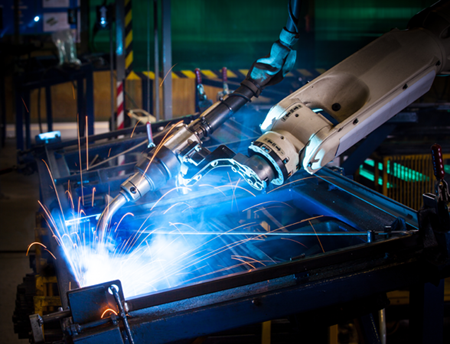
About one-third of industrial robots, invented by an American, are used for welding.
Blade Runner
TABITHA BABBITT
(17791853)
Circular saw, mass-produced nails
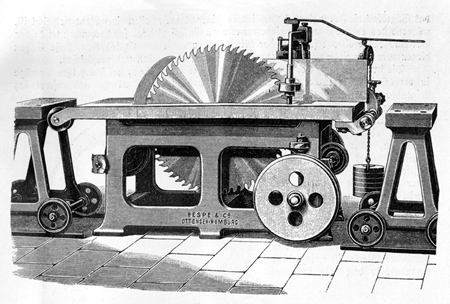
An illustration from a 19th-century book on inventions shows a large circular saw.
In 1793, nine-year-old Tabitha Babbitt and her family joined a settlement founded by the Harvard Shakers, a group of idealistic pacifists who had split from the Protestant Church. The community, the first of its kind in Massachusetts, was self-sustaining in many ways, with a thriving forestry trade that included logging, milling, and woodworking. The Shakers commitment to gender equality opened a door for Babbitt, who took up weaving, furniture making, and eventually inventing.
As she worked, Babbitt observed fellow Shakers using a whipsaw to cut wood for furniture. It was an inefficient process that required two people pulling back and forth on a dual-handled saw blade to slice through a log. Babbitt realized that a round saw blade on an axle, with a continuous spinning and cutting motion, would reduce the manpower required. She created a circular saw, powered by water, that sped up the log-cutting process and soon was adopted by New England sawmills.
Mass-Producing Nails
Babbitt introduced a number of other manufacturing techniques. One of these was cut nails, which at the time were individually hand-forged.
Babbitt was interested in the idea of mass production and how it could improve productivity. Instead of making nails one by one, she wanted to produce them in batches. She took a large, single sheet of iron and, using a template, stamped out multiples.
Despite such labor-saving advances, Babbitt never earned much moneyor recognitionfor her accomplishments beyond her Shaker community. Why? One reason is that it contradicts Shaker beliefs to patent work. Yet Babbitt continued to invent until the end of her life. When she died in 1853, she was working on a new idea: false teeth.
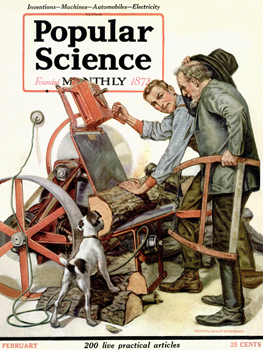
Electric-powered circular saws use the same principle pioneered by Babbitt.
Point Man
ELIAS HOWE
(18191867)
Lockstitch sewing machine
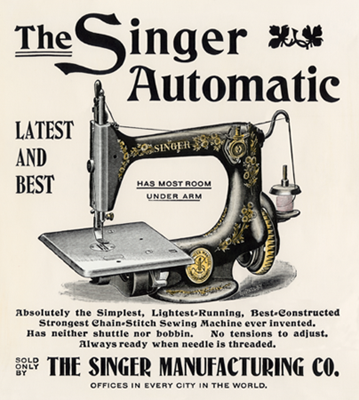
Howes sewing machine, which used an eye-pointed needle and a shuttle to form a lockstitch, marked the beginning of the sewing-machine industry.
By the early 1800s, more than 40 inventors had tried unsuccessfully to automate sewing. Among them was a Massachusetts machinist named Elias Howe, who stumbled upon the answer in a nightmare. Howe dreamed that he had been captured by a primitive tribe that was trying to stab him with unusual-looking spears. Instead of the standard solid pole, theirs had holes in the end, right below the pointy tips. The image inspired Howe to move the thread hole for his machine from the middle to the tip of the needle.
Weaving Together a Plan
Howes interest in sewing machines sprang from his experience in the textile industry. At 14 he became an apprentice at a textile factory in Lowell, Massachusetts, not far from his home, then entered another mechanical apprenticeship at a Cambridge textile mill in 1838. It was at the mill, where Howe learned to repair precision instruments, that he began to conceive and develop an automatic sewing machine.
By 1846 Howe had received a patent for his invention, which featured a number of novelties, including a shuttle beneath the cloth to form a lockstitch and an automatic feed. Unable to convince American tailors of the value of the machine, Howe moved to England to try his luck. But the British were only slightly more interested buyers, and Howe returned to the United States, discouraged and destitute, in 1849. Tragically, his beloved wife died of consumption almost immediately upon his arrival, and he was left struggling to support and raise three children alone.
Sewing Up a Lawsuit
Things got worse when Howe discovered that inventors Isaac Singer and Walter Hunt had begun selling a pirated version of his automatic sewing machine while he was away in England. He sued Singer and Hunt and other manufacturers for patent infringement, a battle he ultimately won. But once the lawsuits were resolved, Howe and Singer entered into a business agreement in which Howe allowed Singer to sell the machines under the Singer name, provided they were designed and manufactured by Howe. The Singer sewing machine revolutionized the garment-making industry, and Isaac Singer and Elias Howe became millionaires.
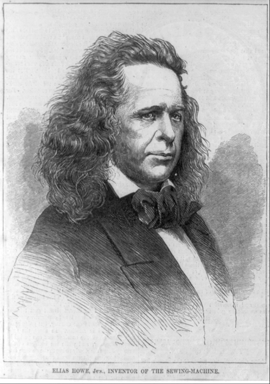
Howe finally achieved financial success when he licensed his invention to Isaac Singer.
The Wizard of Menlo Park
THOMAS EDISON
(18471931)
Light bulb, phonograph, and more
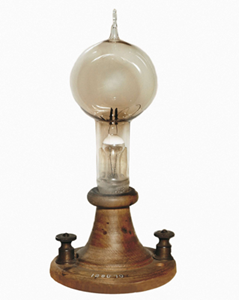
A carbon filament lamp, similar to the type invented by Edison
It was not immediately clear that Thomas Alva Edison would amount to much. When he started school at age seven, in Port Huron, Michigan, Edison was derided by a teacher as addled. The comment prompted his mother to withdraw her son, who was hard of hearing, from class and homeschool him. The experience changed Edisons life. It instilled him with a love of learning, self-reliance, and incredible drive.
The Early Years
After a brief period selling newspapers in his early teens, Edison set out on his own at age 16. He worked throughout the Midwest as a traveling telegraph operator but eventually relocated to Boston to take a job with the Western Union Telegraph Company as a telegrapher. In his free time, Edison tinkered with his first major invention, an electronic voting machine. However, it failed to generate interest.
Next page
